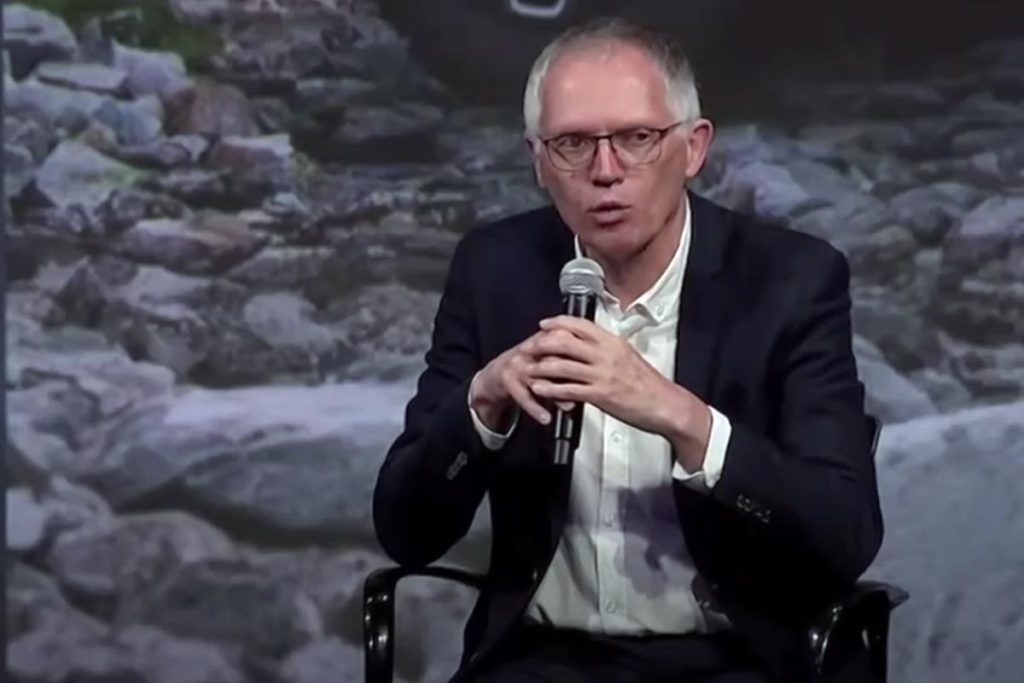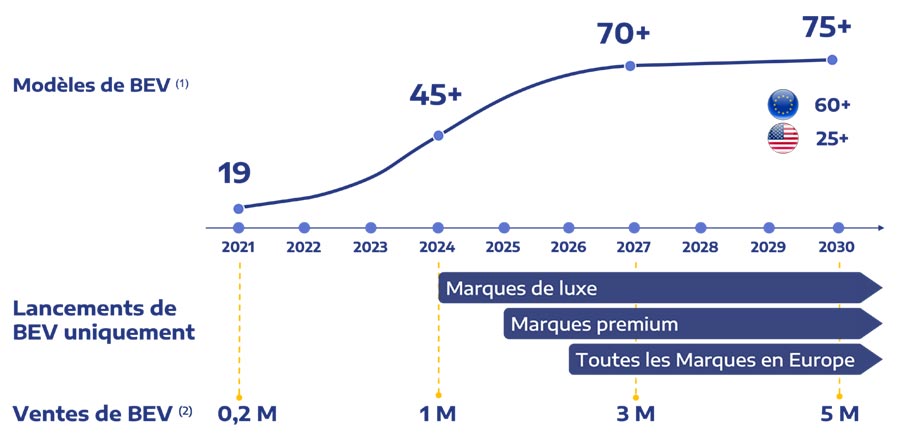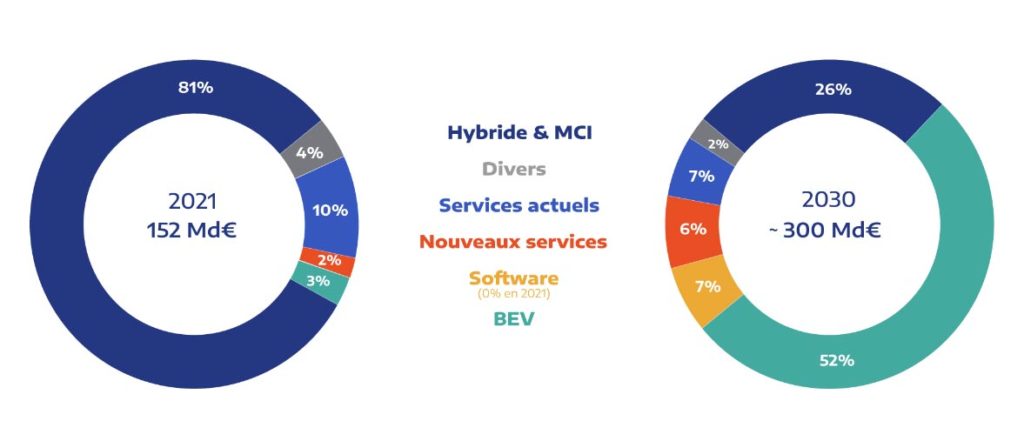
At the "Stellantis Investor Day" in June 2024, Carlos Tavares, CEO of Stellantisdelivered a frank and uncompromising analysis of the current state of challenges ahead for the automotive group in the transition to electric vehicles. His speech highlighted the growing complexities of this transformation and the need to readjust investment and production strategies.
A statement of arrogance
Carlos Tavares began by acknowledging a series of mistakes made by Stellantis, calling the management of the challenges at the end of 2023 "arrogant". In his view, three main factors had converged to create significant difficulties: deteriorating market conditions, unresolved internal inefficiencies at several plants, and an insufficiently rigorous marketing strategy.
"We were arrogant because we gave ourselves too much time to solve these problems," said Tavares, pointing out that these challenges were visible as early as autumn 2023, but were not adequately addressed due to priorities.
The reality of the transition to electric vehicles
By tackling the question of transition to electric vehicles, Tavares admitted that Stellantis, like many others in the industry, had initially underestimated the time needed for this transition. Expectations were that the transition to electric mobility would be rapid, with an accelerated ramp-up phase. However, market realities have shown that this period would be longer than expected.
Tavares mentioned that tensions related to the lack of affordability and practicality of electric vehicles have created unforeseen obstacles. "What we're seeing now is that you have to extend the window of time over which this transition will take place," he explained. This reassessment has led Stellantis to adjust its investments, notably by putting the construction of new gigafactories in Europe on hold until sales of battery electric vehicles (BEVs) increase sufficiently.
In the face of these challenges, Carlos Tavares stressed how fortunate he was to have taken the decision in 2021 to invest in multi-energy platforms and flexible manufacturing. These strategic choices now enable Stellantis to adapt more easily to a transition spread over time.
"We will be able to manage this transition, primarily by leveraging multi-energy platforms," he said. This approach enables Stellantis to modulate its investments according to the evolution of electric vehicle sales, while maintaining prudent cash flow management.

As a reminder, in 2021, Stellantis planned to offer over 75 BEVs and sell 5 million BEVs every year worldwide by 2030. To be more precise, Stellantis was aiming for 100 % of its passenger car sales in Europe and 50 % of its passenger car and light commercial vehicle sales in the USA to be BEVs by the end of the decade. While there's no doubt that the BEV offer will reach its target, sales will be more difficult. All of Stellantis' new BEV models to date come with a hybrid combustion version, and it seems very difficult to predict what the range of vehicles will be like in 2030, for all manufacturers combined.
This also raises a question about the sales target of around 300 billion euros by 2030, of which 52 % should come from BEV.

Ah, he still thinks the problem is marketing... Okay...
Toyota is laughing out loud.
The EV will never exceed 30 % market share, and there's no time limit on this, for technical reasons and not just because of household budgets.
Non-rechargeable hybrids will replace petrol and diesel, accounting for the vast majority of sales by 2030.
There are still a lot of obstacles to switching to electric cars, notably the higher cost of electric cars, the practicality of not having a house where you can install a charger (in apartment buildings it's more complicated, it has to be voted for, not to mention older buildings with no parking), for making long journeys, and in some countries like Italy where the infrastructure is insufficient.
And then other non-polluting technologies (hydrogen, synthetic fuel) may come along.